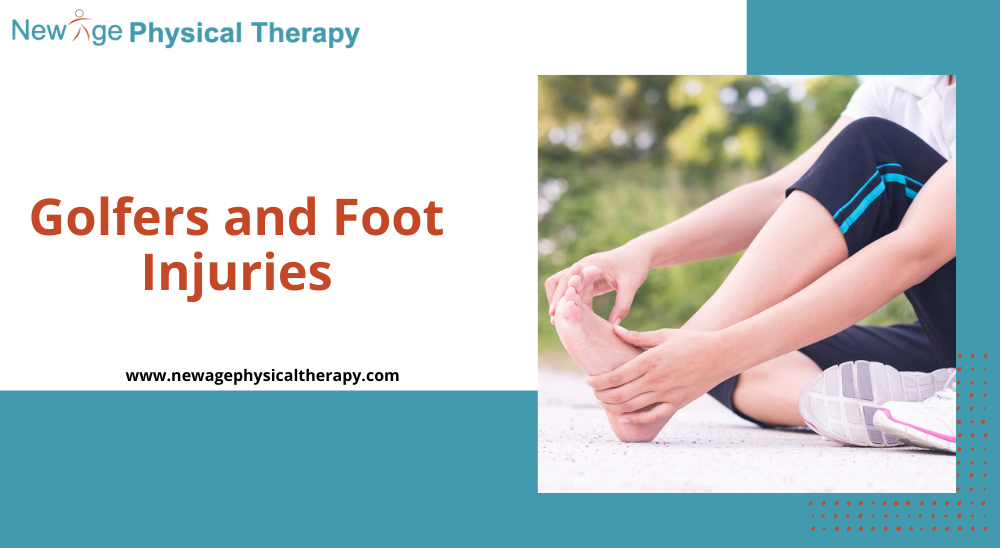Golfers and Foot Injuries
Golf involves several mechanics in different parts of your body. In a golf swing, the shoulders move in an arc, the le and the right foot moves differently during each part of the swing, as well as the amount of pressure being applied to each foot, and the way the hip and knees move can lead to different injuries depending on your form.
Today we will focus on the 2 most common foot injuries related to golf. Lateral ankle sprains and intermetatarsal neuromas.
A lateral ankle sprain can occur when the leg is gliding over the ankle, as in a golf swing. Through repave and excessive moon, the lateral ankle ligaments can become “loose” which can make it easier to sprain it.
When pain and inflammation first occurs, the doctor usually will prescribe some an-inflammatory medications, as well as icing the area and perhaps even braces or orthotics to give it some stability.
But once it’s sprained, physical therapy is recommended to allow the physical therapist through manual therapy for proper healing, as well as strengthening the surrounding muscles to increase stability in the ankle and even work on loading the ankle with the right amount of force and range to correct your form during your swing.
An intermetatarsal neuroma is a benign growth of the nerve issue that is caused by constant irritation from repaving force applied on the nerve in the 3rd interspace. This happens not in the foot that drives the swing but the non-dominant foot.
So the le foot for the rights and the right foot for the lies. If you have an intermetatarsal neuroma, you will most likely feel a burning, numbing, and shooting pain to your toes. As with the lateral ankle sprain, the doctor will recommend a variety of treatments to reduce inflammation.
Your Physical Therapy New York, NY will work with you on your goals for proper healing as well as fixing your mechanics for your swings to prevent further injury.
If you have ever felt pain in your ankles or feet during or are golfing that is not going away, it is probably best to see a physical therapist to assess what may be happening in your lower extremities that may be causing the problem. When these issues are addressed early and corrected, the recovery me is faster and you would avoid any future injuries.



